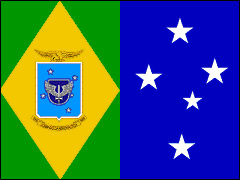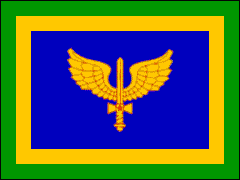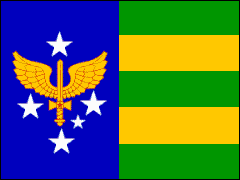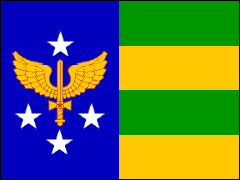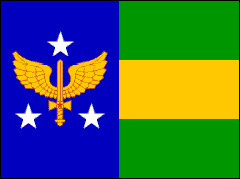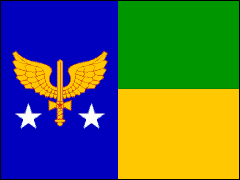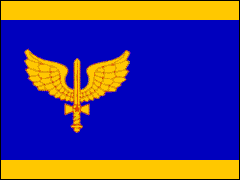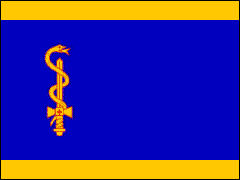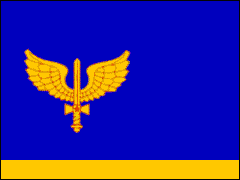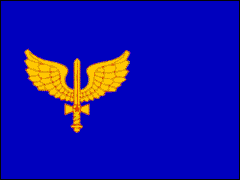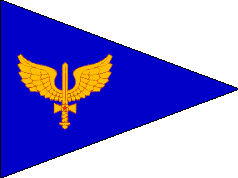|
FEDERATIVE
REPUBLIC OF BRAZIL |
|
|
|
CURRENT AIR FORCE
COMMAND FLAGS |
The Brazilian Air Force (Força Aérea Brasileira) was established on 20 January 1941 by combining the Army and Navy's air components into an independent air service, co-equal with the other two branches of the armed forces. Brazil declared war on Germany and Italy on 22 August 1942 and thereafter the FAB played a significant role in the Allied war effort, flying numerous antisubmarine patrols over the Atlantic. An FAB Catalina depth-charged and sank the German submarine U-199 on 31 July 1942. When the decision was made to contribute troops for service in Italy, the Brazilian Expeditionary Force (Força Expedicionária Brasiliera or FEB) included the FAB's 1st Fighter Group (1º Grupo de Aviação de Caça or 1º GAVCA). Flying P-47D Thunderbolts in the ground attack and interdiction roles, the 1º GAVCA compiled an outstanding record of service, earning a commendation from its higher headquarters, the XXII Tactical Air Command. In the postwar period the FAB moved into the jet age, acquiring Meteor F8 fighters from Britain. These were supplemented and ultimately replaced by US F-80 Shooting Stars. In the 1970s the FAB was flying French Mirage III and US F-5E Tiger fighters. The Mirage IIIs were retired in 2005-06, being partially replaced by twelve ex-French Air Force Mirage 2000 fighters. The F-5E however, is still in service, having been continuously updated. Current plans call for the Mirage 2000s and some of the F-5Es to be replaced by the Swedish J39 Gripen multirole fighter, 36 of which have been ordered. Also in FAB service is the AMX A1-A ground attack fighter, which was the product of a joint Brazilian-Italian development program. Aside from these combat aircraft the FAB operates a wide range of airborne early warning, patrol, transport and miscellaneous aircraft. It is currently the largest air force in South America. The FAB has no distinctive air force ensign but does have a range of rank and appointment flags, similar to those of the Army. The flag of the Commander-in-Chief of the Air Force displays the complete badge of the service in the fly half and the five stars of the Southern Cross in the fly half. That of the Chief of Staff displays the winged sword badge within a frame of the national colors. Officers of air rank (equivalent to general officers) have flags with from two to five stripes in the fly half and the winged sword with from five to two stars in the hoist half. The number of stripes and stars correspond to the officer's rank. Colonels, lieutenant-colonels and majors have flags displaying the winged sword with two, one or no yellow stripes respectively. Captains have a triangular pennant displaying the winged sword. For officers of any rank in the technical services, the winged sword is replaced by the relevant badge, as shown below for a colonel of the Medical Service. |
